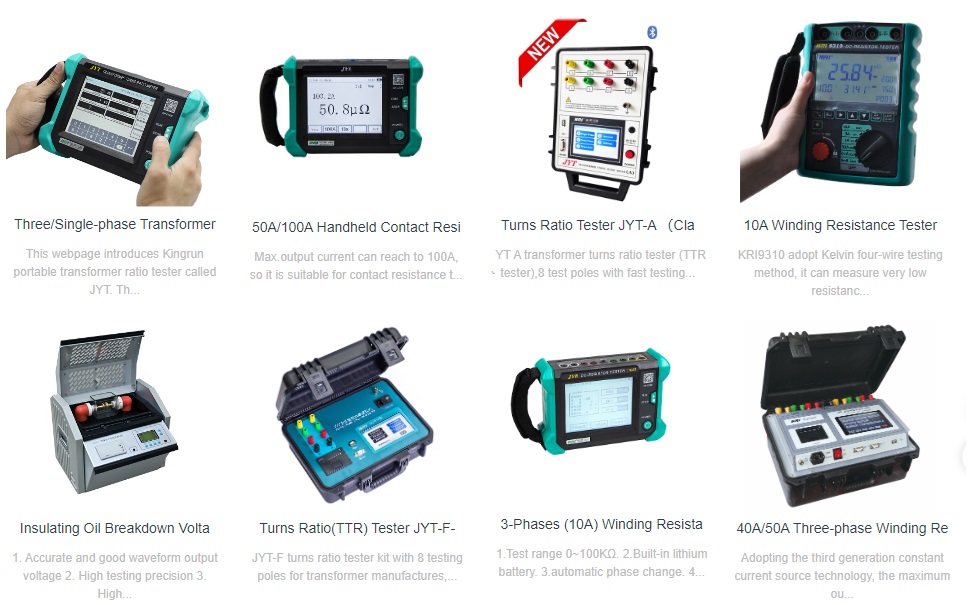Transformer insulation failure may lead to serious consequences, including winding short circuit, damage to the internal structure of the transformer, insulation problems may also cause power system tripping or power outages, affect power supply stability and cause economic losses such as repair or replacement of equipment, and may cause production interruption. Insulation failure may also cause safety hazards such as fire or explosion, threatening the safety of on-site personnel and surrounding equipment

Transformer insulation types and failure phenomena
1. Solid insulation (such as insulation paper, cardboard)
Failure phenomenon: partial discharge, carbonization of insulation paper, and breakdown of winding surface.
Cause: moisture, thermal aging, mechanical damage.
2. Liquid insulation (such as transformer oil)
Failure phenomenon: dark oil color, sour smell, free carbon particles or gas precipitation.
Cause: overheating, oxidation or mixing of impurities.
3. Gas insulation (such as air in the oil pillow)
Failure phenomenon: condensation appears inside the oil pillow, resulting in corona discharge or surface flashover.
Cause: poor sealing or temperature difference causing water vapor condensation.
4. Composite insulation (solid and liquid combined)
Fault phenomenon: overall deterioration of winding insulation, local oil-paper delamination or breakdown.
Cause: overload operation or aging of insulation materials.
Regularly perform insulation resistance test, dielectric loss factor measurement and dissolved gas analysis (DGA) in oil to ensure that the insulation materials are dry and well sealed, and replace aging or deteriorated insulation parts in time. These measures can effectively reduce the risk of transformer insulation failure and improve the reliability of equipment operation.
Kingrun Transformer Instrument Co.,Ltd.


More Transformer Testers from Kingrun
